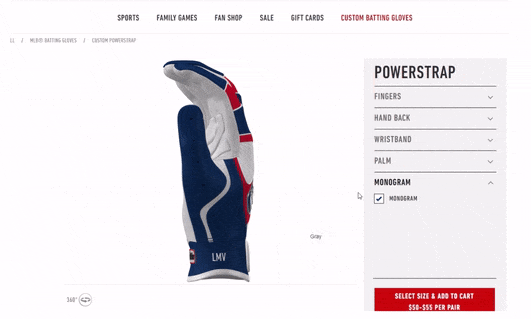
Returns aren’t fun for anyone, but they’re a reality in the ecommerce world – and their prevalence is growing. In this blog post you’ll discover seven effective strategies for minimizing online customer returns.
In 2019, online returns cost companies $41 billion collectively. And on average, 8.8 percent of products get returned.
Wouldn’t it be nice if there was a way to reduce the return rate and minimize that cost for your brand?
As it turns out, there are many steps you can take to ensure customers receive (and keep) a product they love.
Here’s how to reduce online customer returns in seven easy steps by making sure your ecommerce customer experience stays on point.
Customer returns happen for a lot of reasons. Sometimes, the product legitimately doesn’t work out. Other times, it’s the result of fraud.
Whatever the reason, customer returns represent a huge cost for brands. Here are seven things to consider when looking for ways to reduce customer returns.
How many times have you found the absolute perfect thing online … that looked nothing like the images when it finally arrived?
It’s annoying. It’s also avoidable.
High-quality product descriptions and imagery help your shoppers understand the item they’re ordering, greatly reducing the likelihood they’ll decide to return it.
What’s more, studies have shown that interactive 3D product visualization and augmented reality (AR) experiences can increase conversion rates by up to 40% and 65% respectively.
With these impressive results, it’s easy to see how investing in these technologies can pay off quickly. The Franklin Sports Powerstrap baseball glove is a great example of top-notch 3D product visualization:

According to Retail Dive, 48 percent of U.S. consumers purchase multiple sizes of the same item, only to return the ones that don’t fit.
This often happens because ecommerce retailers don’t have adequate information on sizing or fit for their products.
Fortunately, this is also an easy fix. DO:
Product personalization has loads of benefits, but one of the most important is the reduction of overall returns.
That’s because when you offer the chance for customers to design exactly what they want, they’re more likely to be happy with the final product.
How can you get started with product personalization? One of the first steps is to look for a full-featured product personalization platform.
For example, ConfigureID’s product personalization platform allows you to offer shoppers a limitless array of predefined colors, patterns, materials, and much more. It can also allow them to add a name, monogram, personal message, or even upload their own imagery to the product.
Offering product personalization is one of the best ways to deliver the exact product each shopper desires, helping brands increase loyalty and margins while greatly reducing returns.
Check out the highly engaging product personalization experience offered by Louis Vuitton for some inspiration:

Your imagination is probably running wild with all the different types of product personalization you could offer to your shoppers. The sky could be the limit. But you’ll need to come back to earth for a minute and make sure that you can follow through and deliver those creations.
That means offering product combinations that you know you can fulfill on time.
This is easier said than done. However, a reliable product personalization platform will help you here, too. Make sure to look for one that:
Even if you get everything right during order fulfillment, there’s still plenty that can go wrong once things are out of your hands.
Forrester once found that as many as 20 percent of shoppers returned items because they arrived damaged. And while it wasn’t the retailer’s fault, returns mean they’re left to foot the bill for goods they can no longer sell.
Prevent this by:
Customer reviews are valuable. When they’re positive, they serve as powerful social proof to other potential customers. When they’re negative, they provide market information that you can use to adapt and improve the ecommerce experience you offer.
Incentivizing reviews can help generate them. We recommend that you:
According to research by Returnly, 80 percent of consumers consider the return process before making a purchase. Additionally, some 73 percent won’t shop with a brand again if it makes the return process difficult.
In an era where return fraud has spiked by some 35 percent, it might seem counterintuitive to make returns easy. However, not only does this help customers feel like you’re genuinely there to help, it makes them feel better about taking a chance on the purchase in the first place.
We recommend you do a few things to simplify the process for you and your customers:
Many of the reasons for product returns can be reduced or avoided by getting things right the first time. Whether that’s providing stellar product visualization or offering the perfect product personalization options, it all comes back to one thing: creating the best possible ecommerce customer experience.
See how ConfigureID can help your brand increase margins and loyalty with our premium product personalization platform.